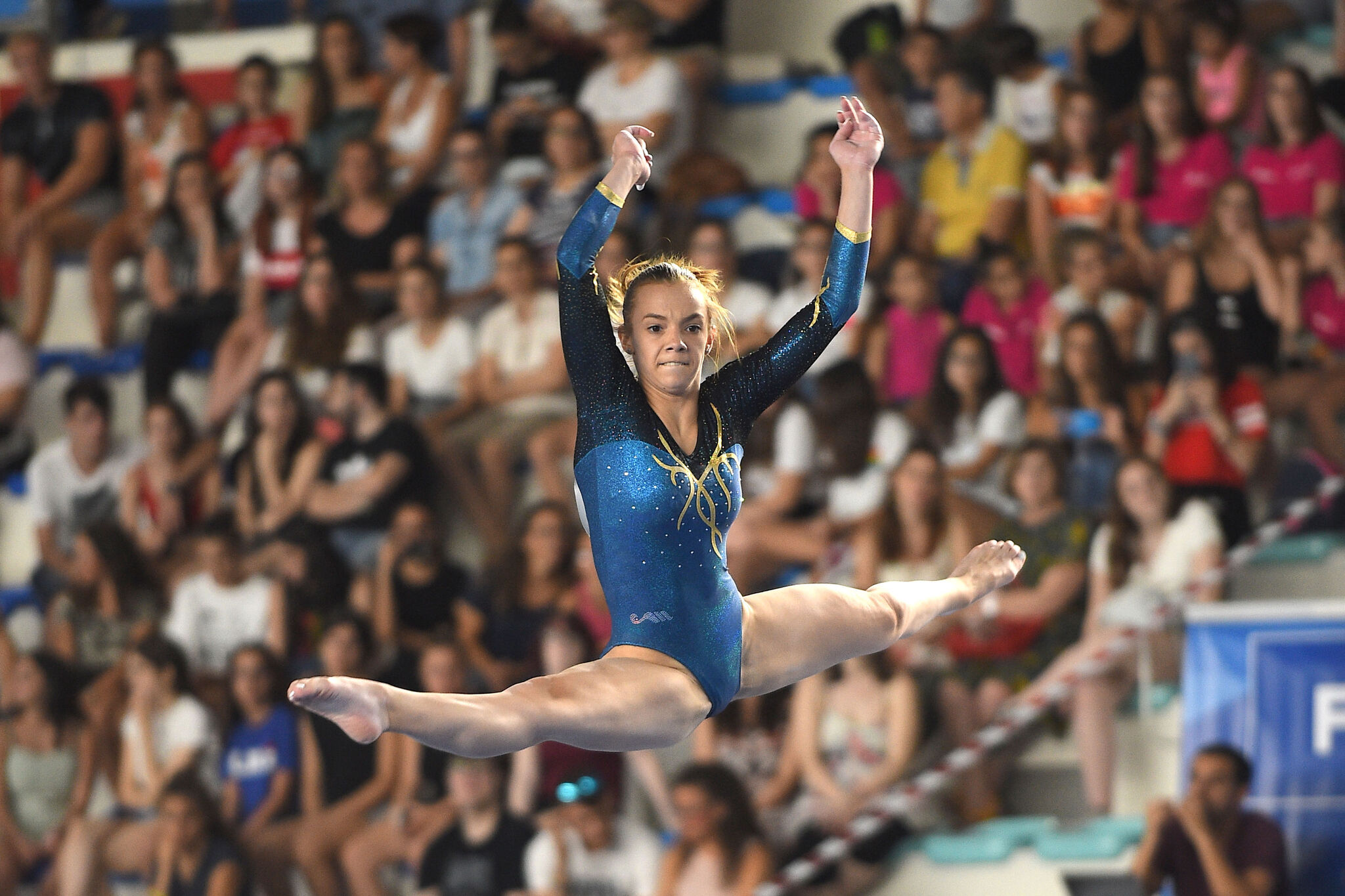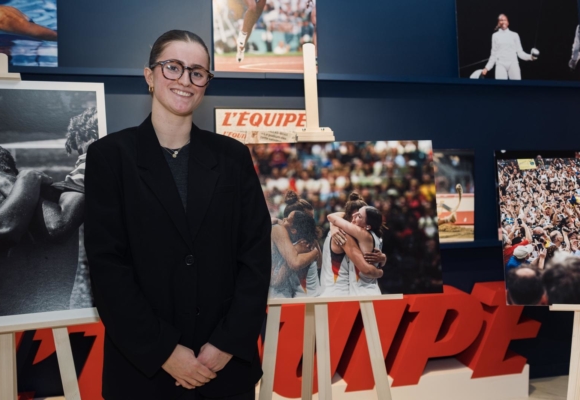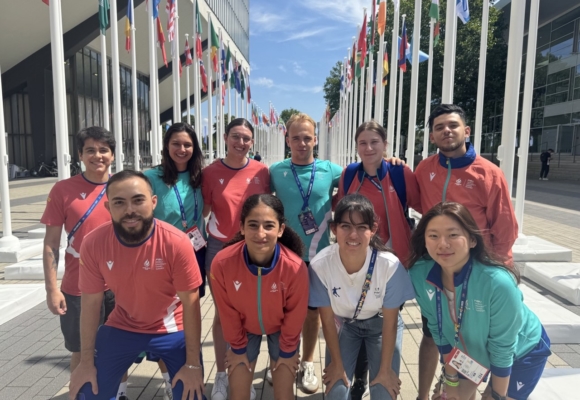The beautiful and powerful sport of artistic gymnastics has been on the programme at all but four of the FISU World University Games, and the Chengdu 2021 FISU Games will mark its 16th straight appearance.
Legendary gymnasts have competed at FISU Games such as six-time men’s all-around world champion Kohei Uchimura and the first gymnast to ever record a perfect score, Nadia Comeneci. A current generation of student gymnasts will soon have their opportunity to shine in Chengdu.

Greek history plays a prominent role in the evolution of gymnastics. The word itself is a derivation of a Greek word essentially meaning to ‘train unclothed’. Gymnastics in Greek times were a series of exercises and activities meant to promote physical and mental health. Much of what would have been considered ‘gymnastics’ in Greek times would now be looked at as distinct and separate sports, such as weightlifting or running. However, tumbling floor exercises were part of Greek gymnastics and remain part of competition today. Evidence also suggests that other civilizations in China and Egypt had activities that mirrored what is known to be gymnastics.
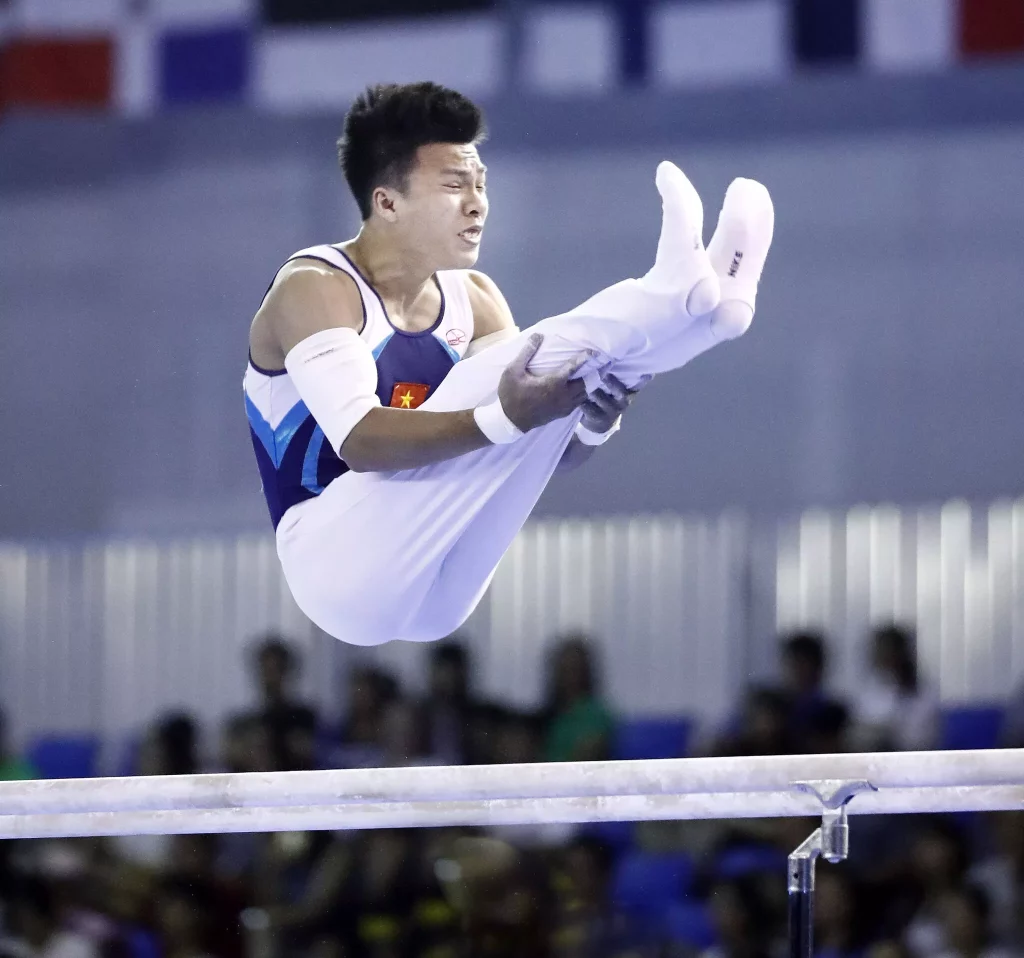
Out of ancient times, gymnastics did disappear for a significant period of history before re-emerging during the European Enlightenment, from the late 1600s to the early 1800s, when the emphasis on physical and mental education returned. This desire also tied to having people prepared to serve their countries militarily. This nationalist bent to gymnastics continued in Prussia where one of the fathers of modern gymnastics, Friedrich Ludwig Jahn, set about using gymnastics as a way to develop and instill national pride. This Turnverein movement which evolved from Jahn’s plans used apparatus similar to what is used today such as the pommel horse and balance beam. A similar movement, Sokol, formed in Prague in the 1860s and encouraged community development through mass participation.
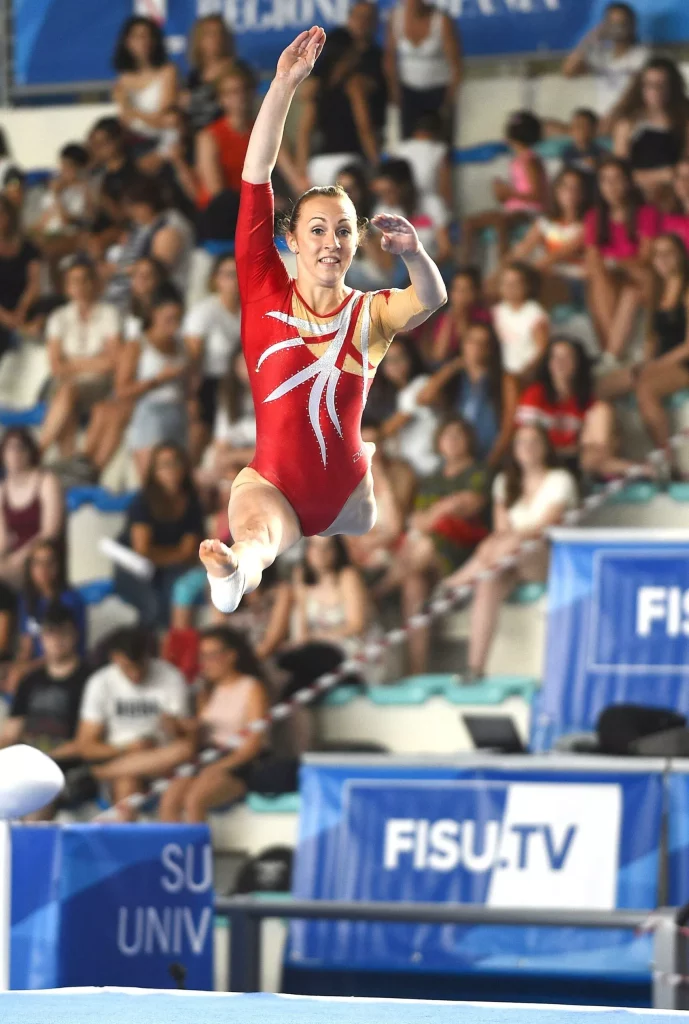
Competition at festivals began in the later 1800s but international competition really commenced at the 1896 Athens Olympics. This was followed by the first World Championship for men in 1903 with women’s competition added in 1934 (women’s competition had previously been added at the 1928 Amsterdam Olympics). In early days of competition, events such as rope climbing, and club swinging were present but were all slowly dropped in favour of what is seen today.
With all this unique history, artistic gymnastics is often one of the most popular FISU Games events. Beautiful Dong’an Lake Sports Park Multi-Purpose Gymnasium will be the site of artistic gymnastics competition in Chengdu from 1 to 5 August, with 14 sets of medals up for grabs in team, individual all-around, and individual apparatus events. Women will compete in vault, uneven bars, balance beam, and floor exercise, and men in floor exercise, pommel horse, vault, rings, parallel bars, and horizontal bar.
Competition finals will be live on fisu.tv and you can keep up with all the action on the official website of the Chengdu 2021 FISU Games.
The following were used as references for this article:
A History of Gymnastics, From Ancient Greece to Tokyo 2020 | History | Smithsonian Magazine;
How gymnastics became a deeply beloved Olympic sport (nationalgeographic.com);
Gymnastics | Events, Equipment, Types, History, & Facts | Britannica
Written by Doug McLean
